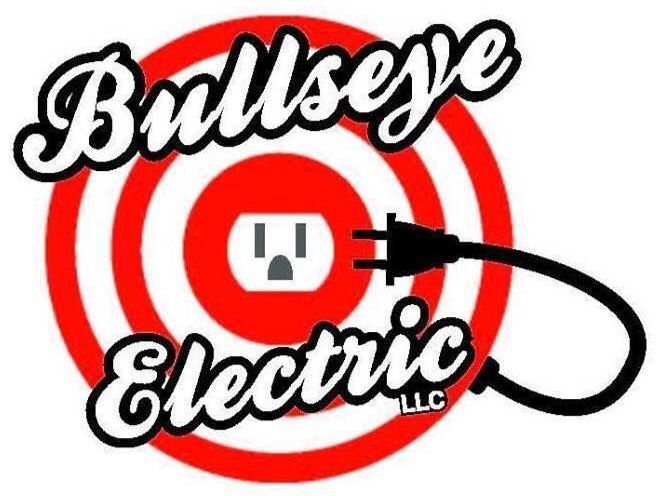Challenger Panels: Recalls & Home Owners Insurance
Challenger Electrical Panels: Recall History & Insurance Concerns

Challenger electrical panels were widely installed in homes during the 1980s and early 1990s. Over time, serious safety problems emerged with these panels. In fact, there have been official recalls due to defects that could cause electrical shocks or fires. Today, many insurance companies view Challenger panels as a risk and may refuse or limit coverage if a home still has one. This is especially important for homeowners in the Chicago area to understand, since older houses in Chicagoland might still have Challenger panels. Below we’ll summarize the history of Challenger panel recalls and explain what homeowners (particularly around Chicago) need to know about insurance implications.
History of Challenger Panel Recalls
Challenger panels and breakers have been subject to safety recalls. Here is a chronological overview of known recalls and the issues that led to them:
- 1988: The U.S. Consumer Product Safety Commission (CPSC) announced a recall of about 9,000 Challenger circuit breakers. A mechanical part inside certain 15-amp and 20-amp breakers could come loose and stop the breaker’s ground-fault safety feature from working (CPSC.gov). This defect meant the breaker might not trip properly to cut power, which could lead to overheating, melting, or even a fire. Homeowners with these breakers were urged to get free replacements to prevent potential shock or fire hazards.
- 2014: Years later, after Challenger had been bought by Eaton/Cutler-Hammer, another safety recall was issued. About 1,000 Eaton/Challenger panels (specifically certain “meter breaker” panels) were recalled because some electrical components were too easily accessible. In other words, someone could touch live parts by accident, posing an electric shock risk. Even though no injuries were reported, the company offered repairs to fix the issue and make the panels safe.
Figure: Challenger breakers showing signs of overheating and damage. Even outside of official recalls, Challenger breakers have a reputation for running hot. In many cases, electricians and home inspectors have found burnt or scorched breaker connections, as shown above, indicating a serious fire hazard. This tendency to overheat more than other panel brands is a key reason why Challenger panels are considered unsafe.
Insurance Implications for Homeowners
If your home still contains a Challenger panel, insurance companies will take note. Many insurers consider these panels a fire risk, and some will not insure a home at all if it has a Challenger panel in service. (Electrical Safety Foundation International) Others might provide coverage but charge a higher premium because of the increased risk. In general, most insurance carriers have guidelines that exclude recalled or obsolete electrical panels from coverage. Challenger panels fall into this category, alongside other problematic brands like Federal Pacific and Zinsco. As a result, you may a Electrical Panel Replacement before an insurer will issue or renew your homeowner’s policy.
Homeowners in the Chicago metro area are seeing the same requirements. Chicagoland insurance companies are increasingly aware of Challenger panel hazards and often insist on upgrades. For example, if you buy a house in the suburbs with a Challenger panel, the insurance provider may deny coverage until you replace it with a modern panel. Even if your policy isn’t canceled, you could face higher rates for keeping the old panel. Additionally, during a home inspection (common in real estate transactions or insurance checkups), an inspector will likely flag a Challenger panel as a safety issue. This means a Challenger panel can complicate selling your home or obtaining insurance, as it might cause the home to fail a Home Electrical Inspection or lose insurance eligibility. In Illinois and everywhere else, having an up-to-date electrical panel is important not just for safety but also for maintaining homeowners insurance.
What Should Homeowners Do?
If you discover that your home has a Challenger electrical panel, it’s wise to take action sooner rather than later. The first step is to have a licensed electrician inspect the panel and confirm its condition. Given the recall history and known issues, most experts strongly recommend replacing Challenger panels with new, safer equipment. This will greatly reduce the risk of electrical fires and give you peace of mind. It can also help you avoid insurance troubles — your insurer will be more likely to continue coverage (and might even lower your premium) once the hazardous panel is gone. Remember, the cost of a panel replacement is small compared to the potential loss from an electrical fire or an insurance policy cancellation.
For homeowners in the Chicago area, finding a qualified electrician is the next step. For instance, you can reach out to a local electrician Lake Forest if you live in Lake Forest or the surrounding suburbs. A professional will safely replace the old Challenger panel with a modern one that meets today’s safety standards. In summary, Challenger panels have a troubled history of recalls and safety problems, and insurance companies know this. Upgrading to a new panel protects your home from fire hazards and keeps your insurance coverage secure — a smart move for any safety-conscious homeowner.
Request A Free Quote
Fill out the form below for a call back from one of
our team members or click to call 847-849-0196
Contact Us
Your information is secured
